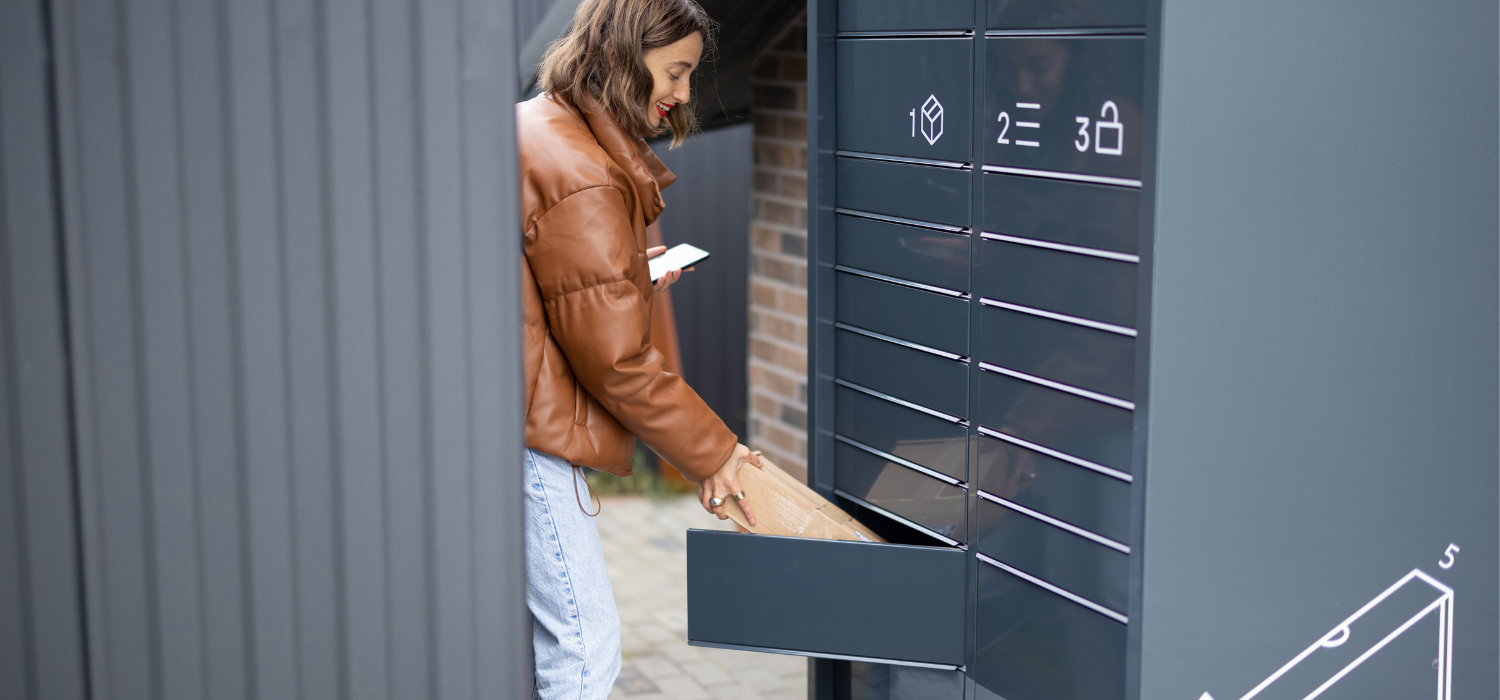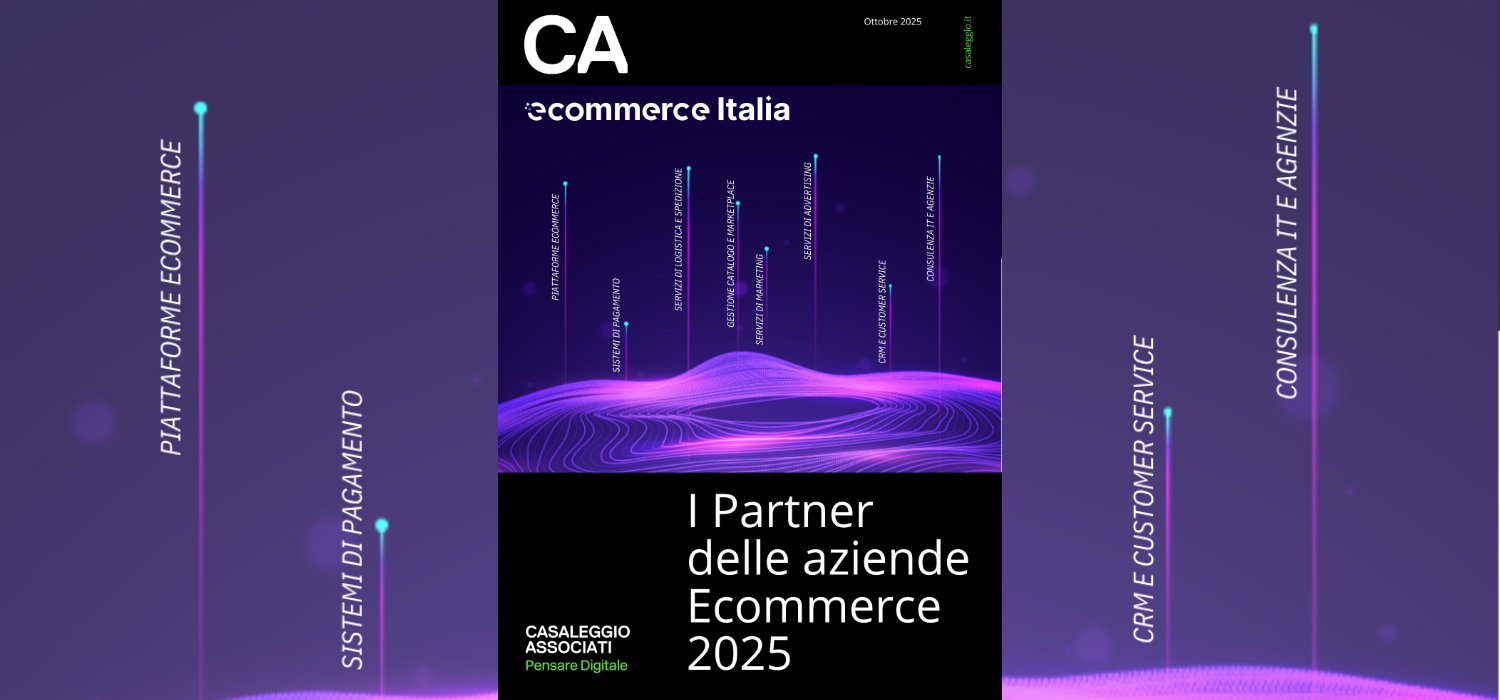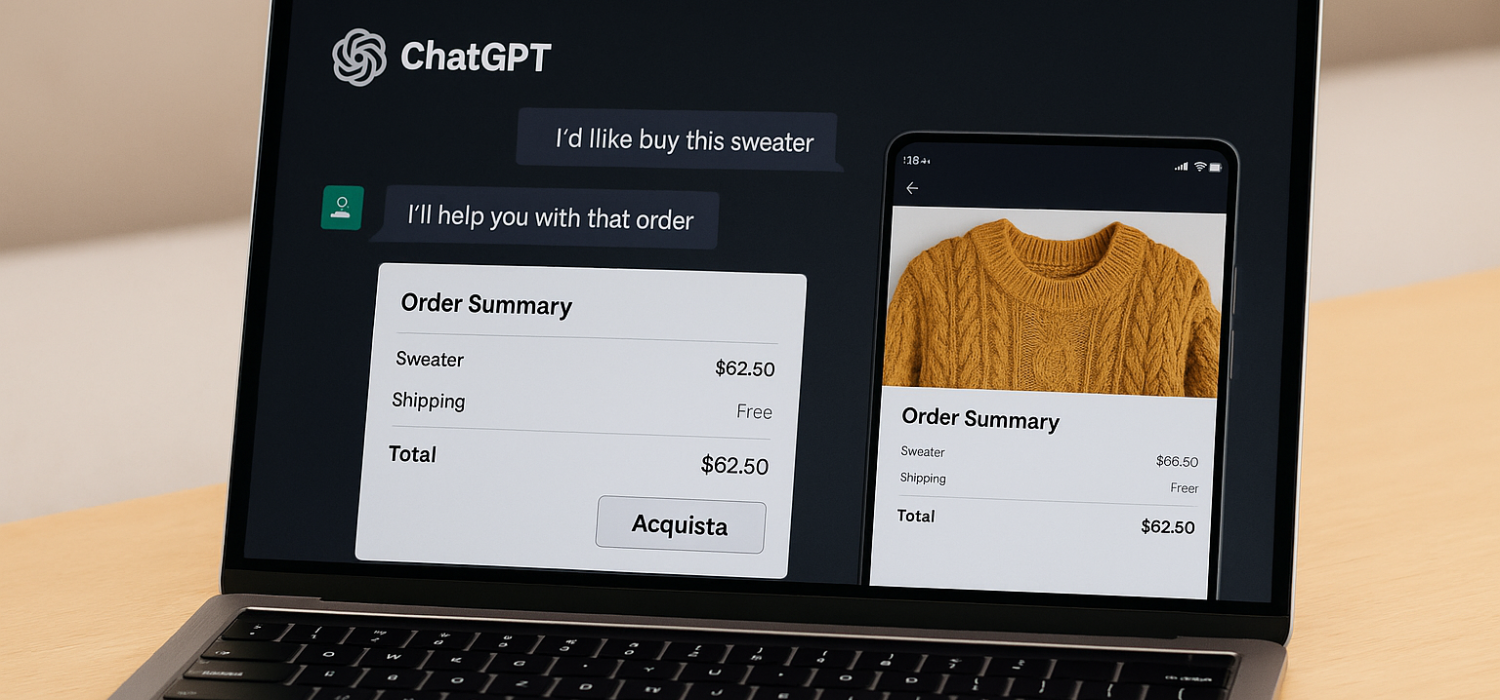Out Of Home (OOH) deliveries are revolutionising the eCommerce logistics sector. Sustainability and flexibility are the keywords behind the success of this solution, which allows consumers to pick up their parcels at participating Lockers or Pick-up Points instead of receiving them directly at home – what is referred to in the jargon as Home Delivery.
The share of Out Of Home deliveries is growing rapidly throughout Europe, where more than 30 per cent of parcel deliveries already take place via this mode, with even higher percentages in countries such as Poland and Germany. Also in Italy, although home delivery is still predominant, the trend is changing thanks to the increasing spread of Locker and Pick-up Points.
However, there are still some ‘false myths’ about Out Of Home deliveries that in this article we will analyse and, more importantly, try to dispel together. Read on to discover them all!
The history of Out Of Home deliveries: from origins to diffusion in Italy
The idea of delivering parcels at collection points is actually not new (and we can consider this as the first myth to be dispelled).
As early as the 1980s, the first self-service parcel pick-up stations were pioneered in East Germany – what we now call Locker; but it was only in the early 2000s that the model began to spread on a large scale. Companies such as DHL Deutsche Post invested in PuDo (pick-up/drop-off) networks to facilitate the collection of parcels, with the aim of making last-mile logistics more efficient.
Following the German model, postal services in other countries have also started to invest in Out Of Home deliveries, given the declining volume of mail and the rising costs of home deliveries. However, in many countries start-ups have dominated the market, as for example in Poland, where InPost, founded in 2006, has now reached almost 50 per cent market share.
As far as Italy is concerned, Out Of Home deliveries arrived later, but today they represent an increasingly popular solution for both eCommerce and consumers. The increase in online purchases and the need to reduce the costs and environmental impact of logistics have accelerated the adoption of this mode, with a steady growth in dedicated infrastructures.
We will analyse the future forecasts for this delivery mode in more detail in the following paragraphs. Read on so you don’t miss any data!
False myths about Out Of Home deliveries
Despite the growing popularity of Out Of Home deliveries, as we mentioned at the beginning of this article, there are still some prejudices and misconceptions – false myths, in fact – that could slow down their adoption. Let’s find out – and debunk them! – right away.
False myth #1: Out Of Home deliveries work the same in all markets
In reality, the success of Out Of Home in different markets depends on various factors, including:
- The level of consumer digitisation: the adoption of OOH deliveries is highest in countries and cities where consumers are used to using digital tools to track and manage their shipments;
- Urban density: in metropolitan areas, Lockers are often more accessible and convenient, given the high number of people who can use them. In contrast, in suburban and rural areas, the model needs to be adapted to ensure the right coverage and usability, so a network based on PuDo points may be more convenient.
- The availability of infrastructure: the presence of suitable space to install Lockers or the possibility of partnerships with local shops is a key element. In cities with limited space, for example, shared Lockers between several operators are emerging as an optimal solution.
- The type of delivery networks: logistics networks influence the efficiency of OOH deliveries. An optimised distribution system makes it possible to consolidate shipments, reducing costs and improving sustainability. However, in contexts where the postal service is still strongly oriented towards home delivery, OOH integration may be slower.
False myth #2: Out Of Home deliveries are only for big cities
Although urban areas offer more Locker and Pick-up Points available to consumers, Out of Home deliveries are also growing in suburban areas and small towns, thanks to the expansion of Locker networks and partnerships with local businesses that can in turn benefit from a greater flow of customers.
False myth #3: consumers always prefer home delivery
While home delivery remains one of the most popular options, it is also true that many consumers increasingly appreciate the flexibility of OOH solutions. Translated into practical terms, fewer and fewer eShoppers are willing to wait at home for the courier to pick up their parcels, thus remaining tied to dates and times, but prefer to be able to choose where, how and when they want to pick up their order, even when they are out of the house.
To date, already 60 per cent of online shoppers say they prefer an alternative pick-up option to traditional home delivery when they are not sure if they will be at home at the time of delivery.
False myth #4lockers are not safe
Have you ever had a courier, not finding you at home, leave your parcel on the landing, thus exposing you to potential theft? Wouldn’t you feel safer if your parcel was kept in a Locker until you arrived?
Locker’s modern systems are in fact equipped with advanced security technologies, including surveillance cameras, unique access codes and tracking systems that guarantee the protection of parcels.
In other words, consumers can rest assured that their parcels will remain safely inside the selected pick-up locker until they arrive, and at the same time merchants no longer have to worry about missed deliveries – and the associated costs – or, even worse, lost or undelivered parcels.
False Myth #5: Out Of Home deliveries are not a sustainable choice
There is still a tendency to think that the Out Of Home model does not have a significantly better environmental impact than home delivery. In reality, the consolidation of shipments in Lockers and Pick-up Points makes it possible to reduce the number of trips made by couriers and, consequently, the CO₂ emissions per parcel delivered, as well as completely eliminating the number of missed deliveries.
Unlike home delivery, therefore, Locker and Pick-up Points enable optimised delivery routes, reducing the number of kilometres travelled and urban traffic. In addition, more and more Lockers are powered by renewable energy, further contributing to a more sustainable logistics model.
Choosing OOH delivery is not only a matter of convenience, but also a real option for those who want to reduce their environmental impact when shopping online.
The future of Out Of Home deliveries
Dispelling false myths about Out Of Home deliveries and understanding their benefits is essential to foster their adoption in the near future and to improve the delivery experience for consumers and operators. Although there is still some way to go for these solutions to reach their full potential, the outlook looks good.
According to recent McKinsey surveys, “the aggregate OOH volume in Germany, France, Poland and Italy will grow by 1.3 billion parcels by 2027, while home delivery will increase by only 200 million over the same period. This would translate into about EUR 9 billion in revenues for OOH, an increase of 70 per cent compared to today (15 per cent annually), while growth in home delivery will be slower, reaching about EUR 17 billion. Consequently, European shipping service providers could consider OOH a key element for success in the B2C segment’.
If you have an online store and want to immediately offer your customers to pick up their online orders at over 300,000 already active Lockers and Pick-up Points, choose GEL Proximity! You can connect GEL Proximity using our dedicated libraries and APIs or by downloading the module from the marketplace of your eCommerce software. Find out how to integrate now!













